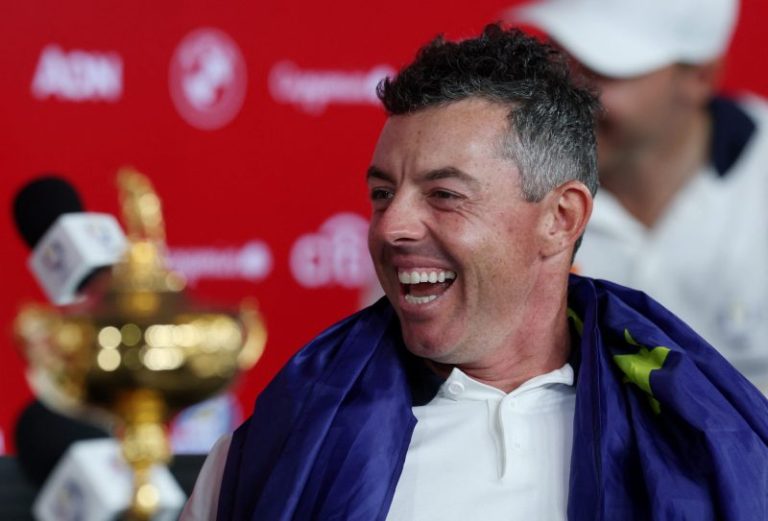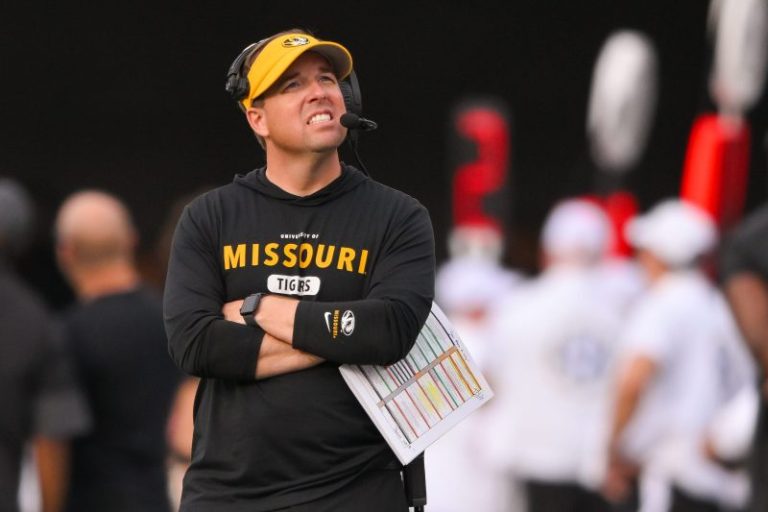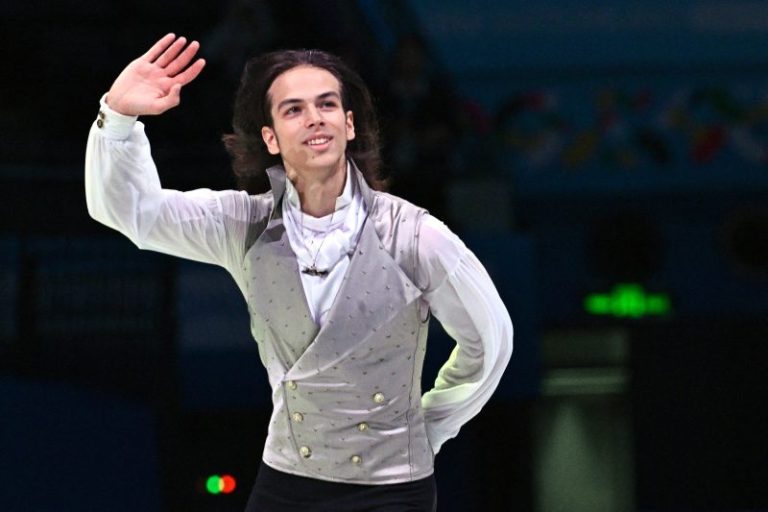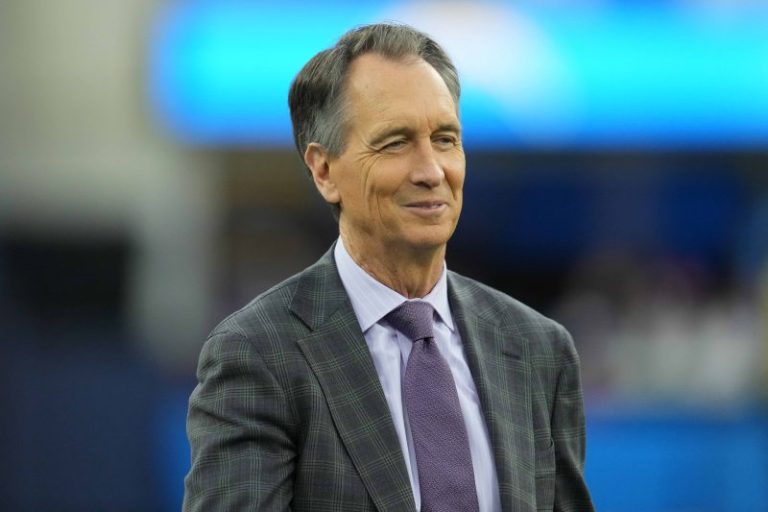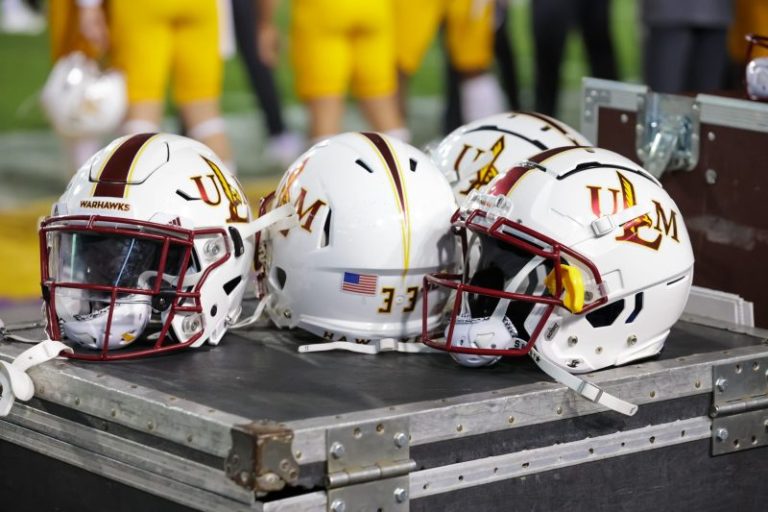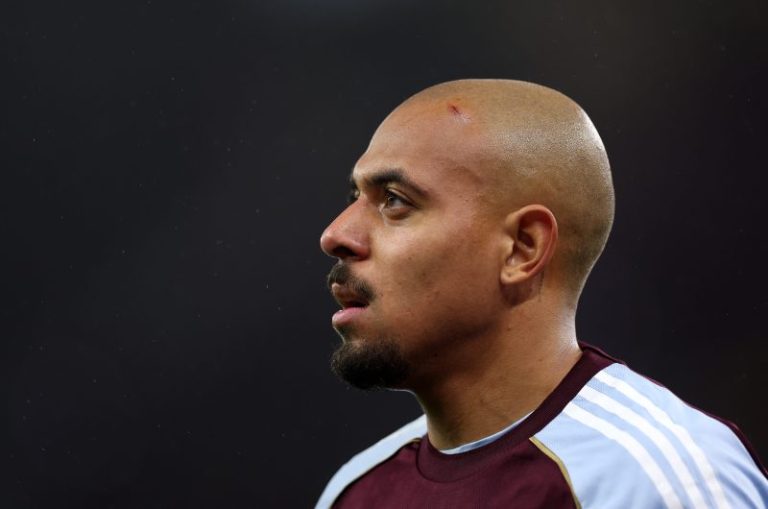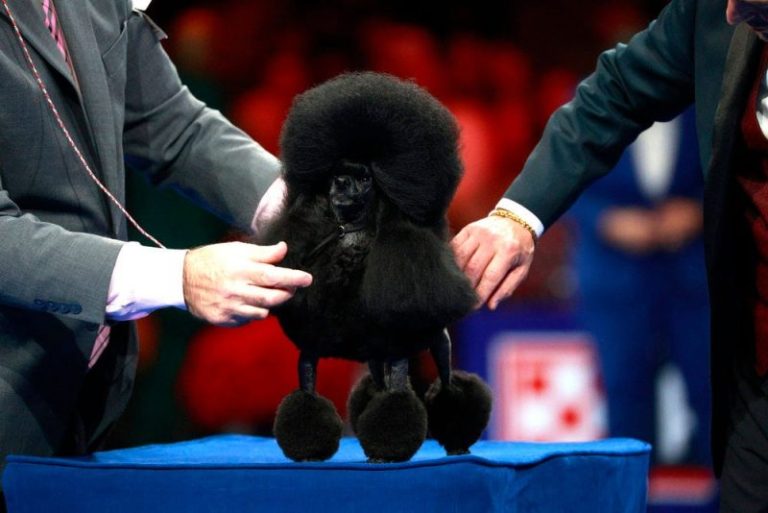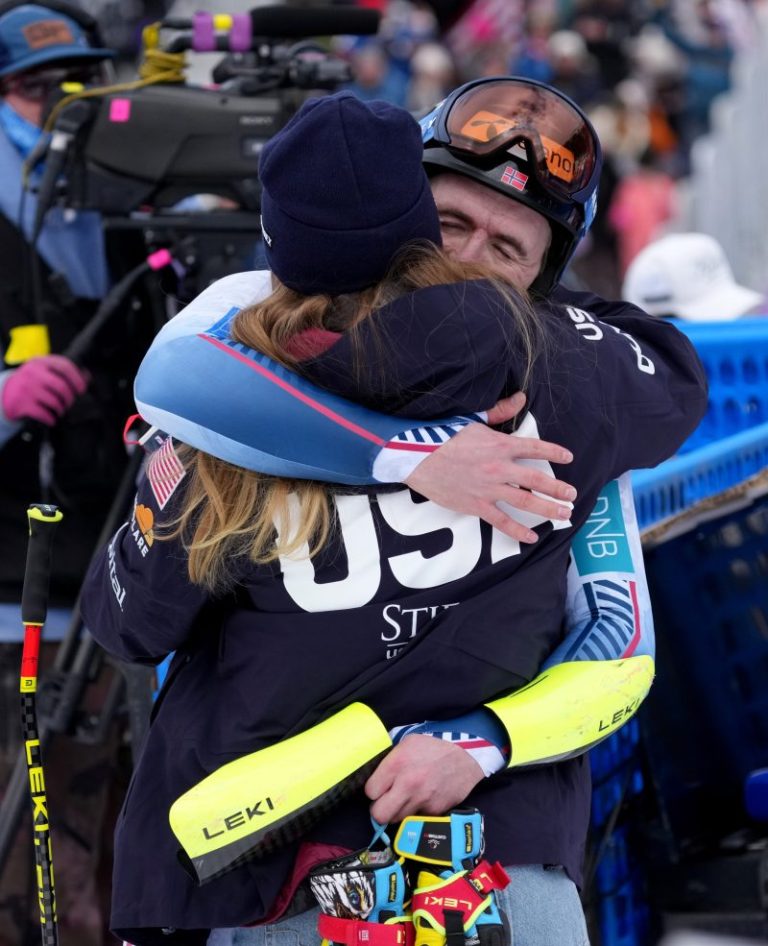Fuzzy Zoeller, a 10-time PGA Tour winner and one of the most colorful golfers in tour history, has died, the PGA Tour announced Thursday, Nov. 27.
Zoeller was 74. No cause of death was disclosed.
Though he blended his golf skill with humor, his racist joke about Tiger Woods created a firestorm.
The controversy took place as Woods was on his way to win the 1997 Masters when Zoeller referred to Woods as ‘that little boy’ and urged Woods not to request fried chicken or collard greens for the Champions Dinner before next year’s Masters at Augusta. Zoeller apologized but the comments haunted him for years.
‘The PGA Tour is saddened by the passing of Fuzzy Zoeller,’ Jay Monahan, commissioner of the PGA Tour, said in a statement posted on X. ‘Fuzzy was a true original whose talent and charisma left an indelible mark on the game of golf. Fuzzy combined competitive excellence with a sense of humor that endeared him to fans and fellow players alike. We celebrate his remarkable legacy and extend our deepest condolences to his family.’
Zoeller attracted galleries as much for his humor as his golf exploits, which were significant in their own right. He won The Masters in 1979 and the U.S. Open in 1984. He also won twice on the PGA Tour Champions.
Racist ‘Fried chicken’ joke haunted Zoeller
Zoeller already had finished his final round at The Masters in 1997 when Woods, then 21, was storming his way to victory and his first green jacket.
“That little boy is driving well and he’s putting well,’’ Zoeller told CNN when asked for his thoughts about Woods, according to the Associated Press. “He’s doing everything it takes to win. So, you know what you guys do when he gets in here? You pat him on the back and say congratulations and enjoy it and tell him not serve fried chicken next year. Got it?’
As he walked away, according to the Associated Press, Zoeller turned back and said, “Or collard greens or whatever the hell they serve.”
Zoeller apologized a day later but initially denied he called Woods “a little boy.’’
‘I am a fun-loving person,’’ he said. “I make joke, cut jokes all the time. My apologies if somebody interpreted that into a racial remark.’’
But Zoeller faced continued backlash and issued more apologies.
“I’ve cried many times,’’ Zoeller wrote for Golf Digest in 2008. “I’ve apologized countless times for words said in jest that just aren’t a reflection of who I am. I have hundreds of friends, including people of color, who will attest to that. Still, I’ve come to terms with the fact that this incident will never, ever go away.”


